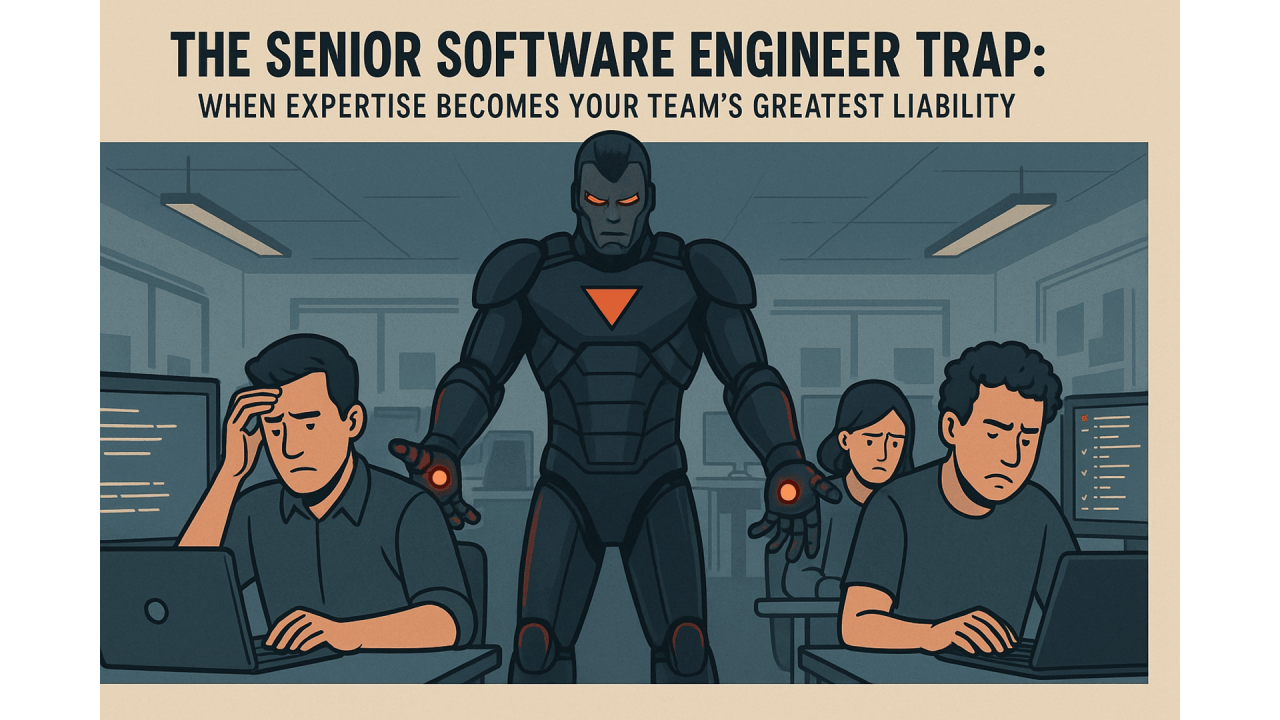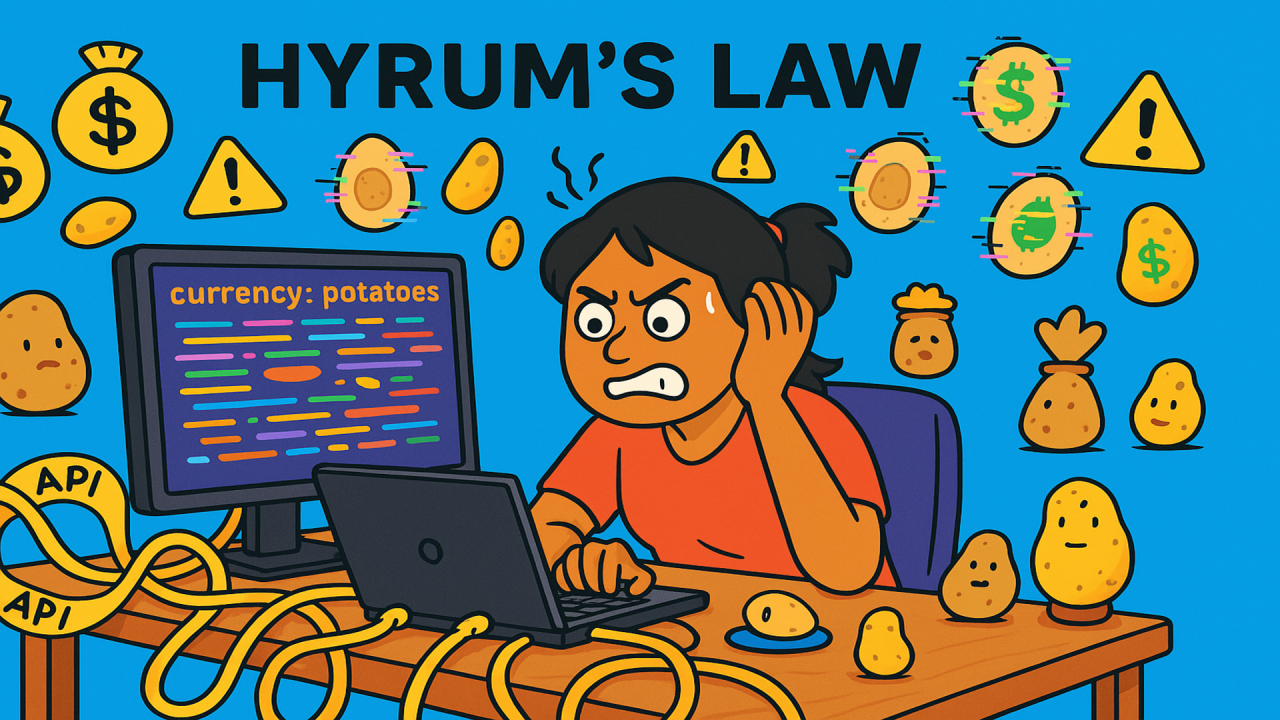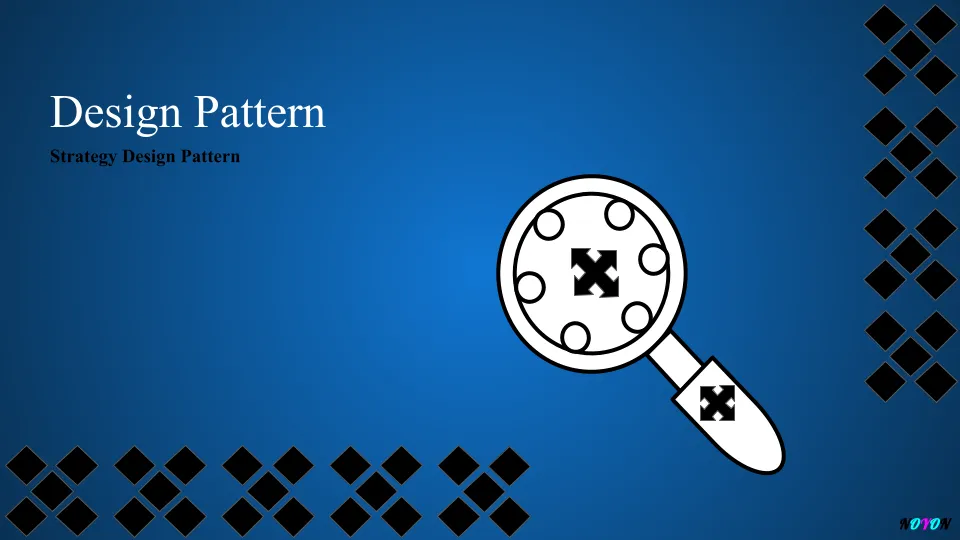In the aftermath of the snap, the world cheered as Iron Man defeated Thanos. A selfless act. A heroic ending. But imagine a multiverse where Tony Stark, unable to let go, becomes obsessed with fixing every flaw in the world, until he becomes the very threat he once fought.
Or think of Doctor Strange in the Multiverse of Madness. In one timeline, Strange defeats Thanos, but the victory changes him. He isolates himself, tries to control everything, and eventually corrupts the very reality he swore to protect.
Believe it or not, a similar thing happens in tech teams, not in alternate universes, but in our everyday workplaces. It’s called The Senior Developer Trap.
The Hero’s Journey… and the Fall
Senior developers are the Iron Men and Doctor Strange of their teams. They’ve fought through legacy systems, rescued projects from doom, and survived impossible deadlines. When no one else can figure it out, it’s the senior dev who steps in and saves the sprint.
But just like our Marvel heroes, something shifts after too many solo wins. Without realizing it, the same developer who once saved the team becomes the bottleneck, or worse, the blocker.
How the Trap Unfolds in the Tech Multiverse
1. The Over-Reliance Universe
Picture a team where every bug, every deployment decision, every code review gets funneled to one person, the senior dev.
At first, it’s comforting. They’re fast. They’re brilliant. But slowly, the team becomes passive. Mid-levels stop taking initiative. Juniors stop experimenting. Everyone’s waiting for the “hero” to act.
It’s like in Multiverse of Madness, where Strange uses his magic to fix everything, until no one else dares touch the spell book. Power isolates, even if unintentional.
2. The Bottleneck Timeline
With experience comes responsibility, and with responsibility comes… delays.
When a senior dev is pulled into every discussion, nothing moves unless they’re available. They become the team’s decision-maker, reviewer, architect, and debugger. Everything is on pause until they weigh in.
It’s not ego. It’s legacy. But like Tony Stark tinkering endlessly with tech to protect the world, it backfires when no one else is allowed to step in.
3. The Burnout Branch
In one universe, Tony dies saving the world. In another, Strange loses himself trying to protect his reality. For our dev heroes, the risk is burnout.
They stay late, juggle responsibilities, and carry invisible pressure: “What if I step away and everything breaks?” Over time, they lose their spark. The work feels heavier. Some quit. Some check out. And when they’re gone, the team scrambles to make sense of the system they held together.
How to Escape the Trap
You don’t need a Time Stone or Jarvis. You need balance.
- Promote knowledge sharing: Let senior devs mentor, not just manage. Pair programming, brown-bag sessions, and docs go a long way.
- Rotate leadership: Let others lead features. Normalize collaborative design. Spread the load.
- Celebrate enablers: Don’t only praise those who fix things. Praise those who teach others to fix things.
- Offer parallel growth paths: Not every senior wants to manage. Create space for ICs (individual contributors) to grow without a promotion meaning people-management.
A Better Multiverse for Tech Teams
Senior developers are invaluable, but even heroes need rest, support, and shared responsibility.
Don’t let your Iron Man burn out in silence. Don’t let your Doctor Strange drift into over-control. Instead, build a team where every developer gets to be part of the story, not just a sidekick.
Because the best kind of team isn’t built on one hero.
It’s built on a universe of empowered ones.




















